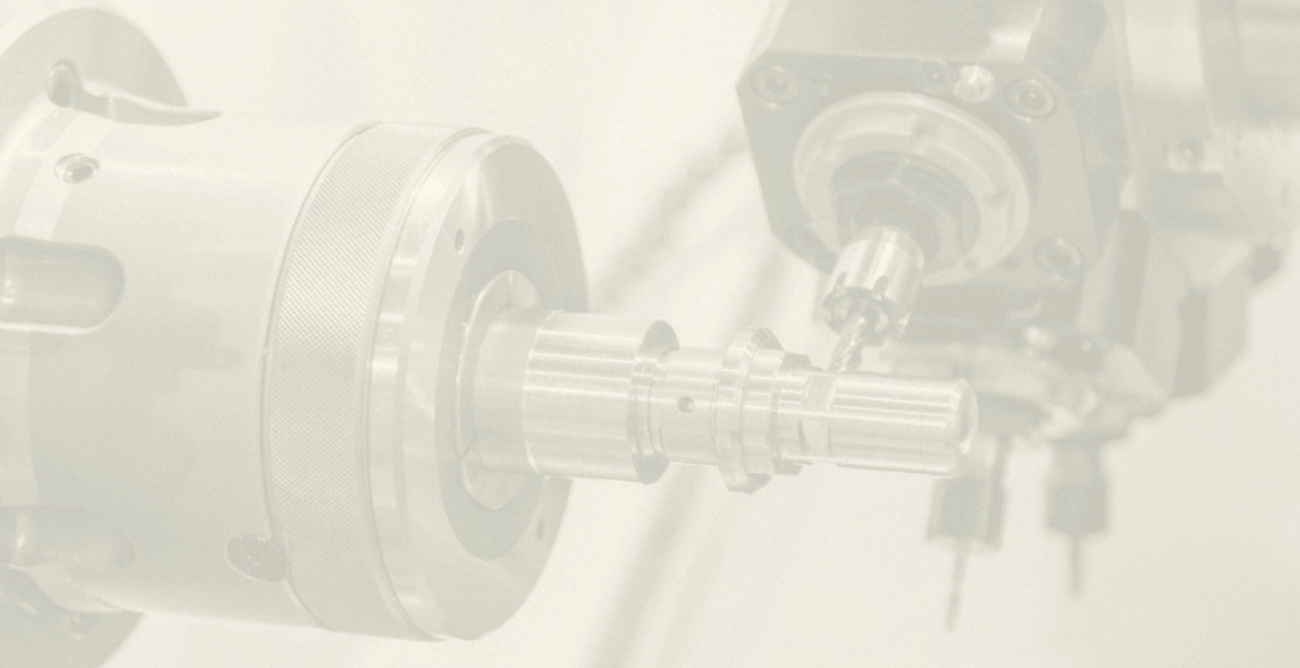Expert tips for machining magnesium safely and efficiently with optimized speeds tool choices and fire prevention for precision lightweight parts.
The Unique Properties of Magnesium
Magnesium stands out as one of the lightest structural metals available, making it a top choice for industries focused on weight reduction. Its density is about two-thirds that of aluminum, yet it offers impressive strength-to-weight ratios. This makes magnesium especially valuable in aerospace, automotive, and electronics sectors where every ounce counts.
Core Advantages of Magnesium
- Lightweight: Magnesium’s low density helps create lighter parts, improving fuel efficiency and performance in vehicles and aircraft.
- Excellent Machinability: Magnesium is easier to machine compared to many other metals, which reduces tooling wear and shortens cycle times.
- Thermal Conductivity: It dissipates heat well, which benefits components exposed to high temperatures.
- Recyclability: Magnesium alloys can be recycled efficiently without losing strength, helping sustainable manufacturing goals.
Machinability Edge
Magnesium alloys excel in machining processes due to their softness and low melting point. This allows for faster cutting speeds and feeds without sacrificing part quality. Many machinists find that magnesium causes less tool wear and produces cleaner finishes than aluminum or steel. However, its flammability requires careful handling to maximize these benefits safely.
Common Magnesium Alloys for Machining
Several magnesium alloys are frequently used because of their balanced machinability and mechanical properties:
| Alloy | Key Properties | Typical Uses |
|---|---|---|
| AZ91D | High strength and corrosion resistance | Automotive parts, aerospace components |
| WE43 | Good heat resistance and strength | High-performance applications |
| ZX10 | Improved ductility and machinability | Precision machining tasks |
| AM60 | Good ductility and impact resistance | Structural automotive parts |
Choosing the right alloy depends on the application’s mechanical demands and machining complexity. Understanding these fundamentals provides a solid foundation for effective magnesium CNC machining.
Safety First Understanding Hazards Prevention Protocols Emergency Response Case Study Teaser

When machining magnesium, safety should always come first. Magnesium is lightweight and easy to work with, but it comes with unique hazards, especially its high flammability. Magnesium chips and dust can ignite quickly if exposed to sparks or high heat. This makes understanding the risks essential for any shop working with magnesium alloys.
To stay safe, start with prevention protocols:
- Use oil-based coolants to reduce heat and prevent chip ignition.
- Keep the workspace clean and free of magnesium dust and chips.
- Avoid dry machining whenever possible.
- Use proper ventilation and fireproof containers for collecting chips.
In case of fire, regular water won’t help—it can make magnesium fires worse. Always have Class D fire extinguishers (designed for metal fires) on hand, and train your team on emergency response steps.
For a clearer picture, coming up next is a real case study that shows what happens when safety measures are ignored during machining magnesium alloys. It highlights lessons every machine shop in the US should consider to protect their people and equipment.
Essential Tools and Equipment for Precision Magnesium Machining

When machining magnesium, having the right tools and setup is critical for accuracy and safety. Here’s what you need to know.
Tool Selection
- Carbide Tools: These are the best choice for machining magnesium alloys like AZ91D. They stay sharp longer and handle the soft metal without wearing down quickly.
- High-Speed Steel (HSS) can work too but expect faster wear.
- Sharp Cutting Edges are a must to avoid tearing or built-up edge on the tool.
Machine Setup
- Rigid Machines with minimal vibration help maintain tight tolerances.
- Proper Tool Holders ensure stability and reduce chatter, especially important in CNC machining magnesium.
- Use Oil-Based Coolants to reduce heat and prevent chip ignition during the cutting process.
Accessories
- Chip Management Tools such as vacuums or brushes are essential to quickly remove flammable magnesium chips.
- Enclosures or Guards protect operators and keep dust and chips contained, especially in milling operations.
Pro Tip
Always check your equipment for worn components before machining magnesium. Even small tool wear can cause poor finishes or dangerous sparks. Regular maintenance paired with sharp carbide tools and a solid setup makes all the difference in producing lightweight magnesium parts with precision and safety.
Optimized Parameters for Machining Magnesium
Getting the right speed and feed settings is key when machining magnesium. Because magnesium is lightweight and soft compared to other metals, running your machines too fast can cause chip buildup or overheating, while going too slow might lead to poor surface finish.
Speed and Feed Guidelines
- Optimal speeds for magnesium turning: Generally, spindle speeds of 6000 to 10,000 RPM work well depending on your machine and alloy type.
- Feed rates: Keep feed rates moderate — around 0.005 to 0.015 inches per revolution for fine finishes and faster feeds for roughing.
- Use a constant feed rate to avoid chatter and maintain a smooth cut.
Operation Specific Tips
- When milling magnesium alloys like AZ91D, use carbide tools designed for soft metals; they stay sharp longer.
- Apply oil-based coolants to control heat and prevent built-up edges, but use them sparingly because magnesium chips can be flammable.
- For CNC shops, program gradual entry and exit moves to reduce stress on the tool and workpiece.
Troubleshooting Common Issues
- Chip welding or buildup: Slow your speed slightly or increase feed rate.
- Poor surface finish: Check tool sharpness and coolant flow; try a slower feed.
- Tool wear: Confirm proper tool selection and avoid prolonged high speeds.
Metrics for Success
- Aim for a surface roughness (Ra) around 16 microinches or better for most magnesium parts.
- Track tool life by hours cut or parts completed to optimize replacement schedules.
- Monitor chip evacuation to prevent fire risk and maintain clean cutting zones.
Fine-tuning these parameters can improve your machining magnesium process, ensuring precision, safety, and efficiency in every run.
Applications and Industry Use Cases
Magnesium’s lightweight and strong nature makes it a go-to material in several industries across the U.S. Its use in magnesium CNC machining has grown especially where weight reduction matters without sacrificing durability.
Sector Spotlights
- AutomotiveMagnesium parts help reduce vehicle weight, improving fuel efficiency and lowering emissions. Components like steering wheels, seat frames, and gearbox housings often use machining magnesium alloys such as AZ91D for their great strength-to-weight ratio.
- AerospaceThe aerospace industry values magnesium’s lightweight properties to cut down on aircraft weight and boost performance. Machined magnesium parts contribute to lighter cabins and engine components, enhancing fuel economy in commercial and military aircraft.
- ElectronicsMagnesium housings and frames are common in laptops, smartphones, and cameras. Its ability to dissipate heat well and keep devices light is a major advantage here.
- Sports EquipmentFrom bike frames to golf clubs, magnesium parts offer athletes stronger yet lighter gear that improves performance and endurance.
Real World Examples
- A leading U.S. automotive manufacturer replaced steel dashboards with magnesium machined parts, cutting overall weight by 20% and saving costs on fuel.
- Aerospace companies are currently investing more in magnesium milling for satellite and drone components, benefiting from magnesium’s corrosion resistance and machinability.
- Startups designing ultralight electronics cases prefer magnesium alloys over aluminum due to better shock absorption and thermal management.
Future Trends
- Sustainability PushWith growing focus on lowering carbon footprints, magnesium’s recyclability and weight savings will boost its demand in green transportation solutions.
- Advanced Machining MethodsAutomation and more precise magnesium CNC machining techniques are enabling complex shapes that were previously difficult to produce.
- Alloy ImprovementsResearchers are developing new magnesium alloys combining greater strength with easier machining to expand applications.
Magnesium machining is clearly a strategic choice for US industries looking for lightweight, efficient, and innovative material solutions. If you work with magnesium parts, staying ahead of these trends can unlock new value in your projects.